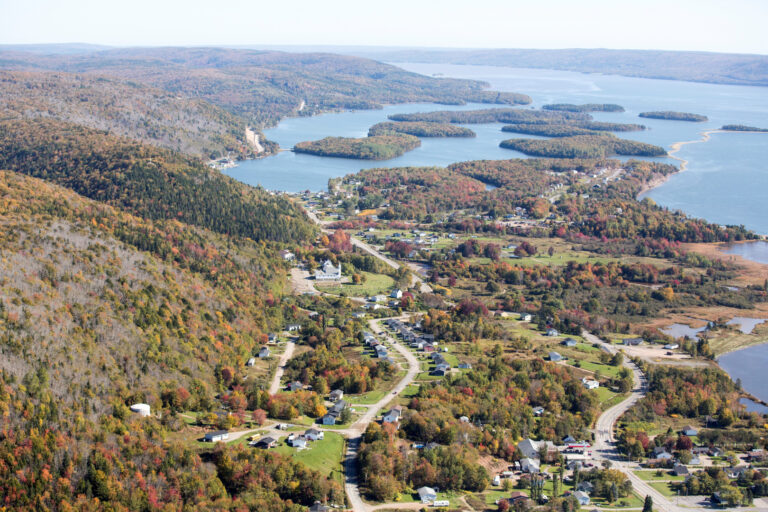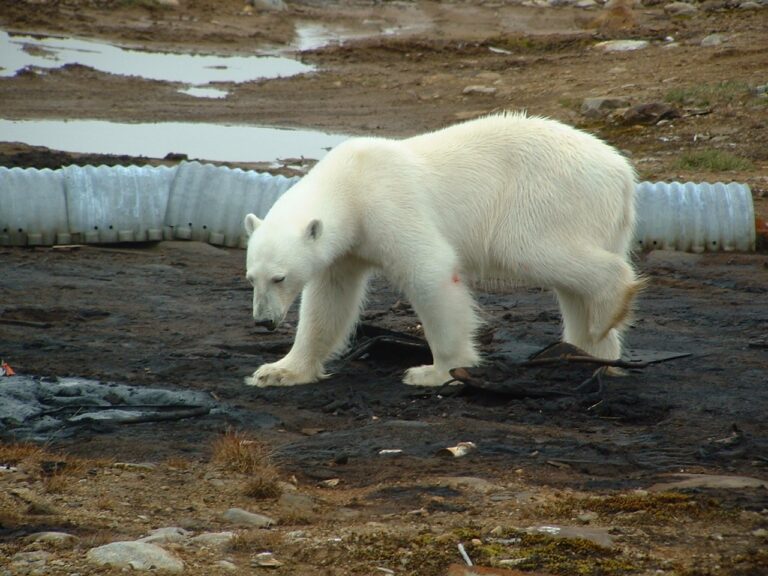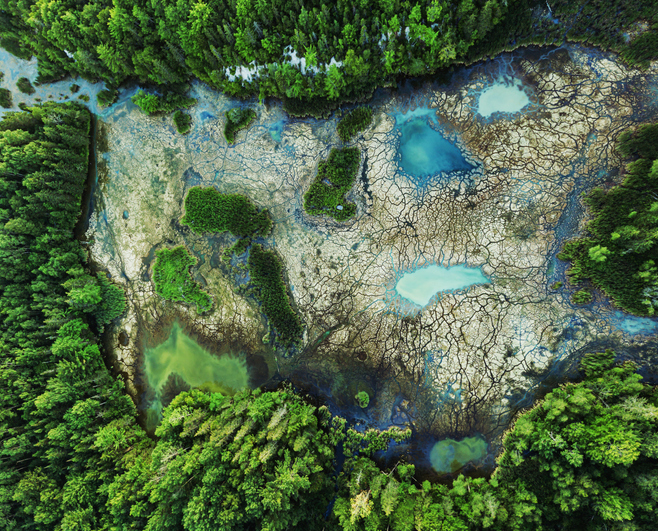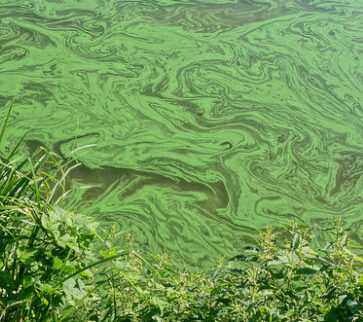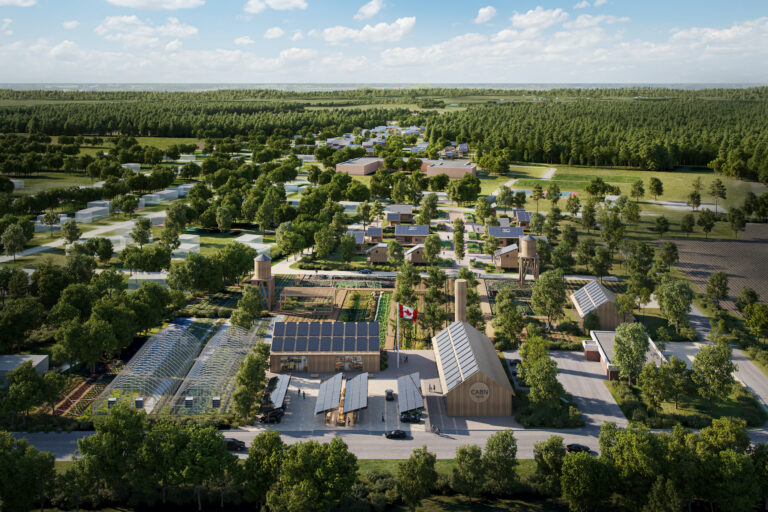Thursday, July 3, 2025
The federal government is investing nearly $40.5 million in federal investments for the Clarke Lake Geothermal Development Project, a wholly owned and Indigenous-led project that will develop one of the first commercially viable geothermal electricity production facilities in Canada.
Geothermal energy harnesses heat from the Earth’s crust and transforms it into electricity to power homes and businesses year-round.
This newest project, to be developed in the Clarke Lake area of British Columbia will use the mid-grade geothermal heat resources in its reservoir to reduce emissions by displacing fossil fuels, while also demonstrating the value of geothermal energy as a viable clean energy technology for rural, Indigenous, and northern communities.
“Innovative, renewable energy projects like Clarke Lake showcase Indigenous communities’ leadership in fighting climate change and their commitment to Canada’s clean energy future,” said Seamus O’Regan Jr., Canada’s Minister of Natural Resources.
Along with creating jobs and other economic opportunities for local community members, this project will provide capacity building and training to workers from other industries to help them transition into the renewable energy sector.
“The Clarke Lake Geothermal Project represents Fort Nelson First Nation’s drive toward creating a sustainable economy for our People; one that strikes a balance between the environment and the economy,” said Chief Sharleen Gale of Fort Nelson First Nation. “Our work to get this historic project off the ground demonstrates what Indigenous leadership toward net-zero project development looks like.”
Although electricity generation will be the primary source of revenue, additional revenue opportunities could include the sale of waste heat generated by the plant. Excess heat from the facility could also power other activities in the local industries such as timber drying in the forestry sector and greenhouse food production in the agriculture sector.
The Clarke Lake geothermal facility is expected to produce between seven and 15 megawatts of clean electricity from a consistently available resource, which is equivalent to powering up to 14,000 households. By displacing fossil-fuel generation in northeast B.C., it is also expected to reduce 25,000 tonnes of greenhouse gas emissions per year, equivalent to taking more than 5,000 cars off the road.
Investments overview
Natural Resources Canada (NRCan) previously contributed $1 million for the resource assessment of this project and contributed an additional $38.5 million from the Emerging Renewables Power Program — a $200-million program to expand the portfolio of commercially viable renewable energy sources available to provinces and territories as they work to reduce emissions from their electricity sectors. It is also part of Canada’s more than $180-billion Investing in Canada Infrastructure Program for public transit projects, green infrastructure, social infrastructure, trade and transportation routes and Canada’s rural and northern communities.
Western Economic Diversification Canada contributed $2 million to fully assess the geothermal resource’s ability to produce power, as well as develop an Indigenous Employment and Training Strategy. Future electricity revenues from the project will support new economic programs for the region and increase employment opportunities for Indigenous communities, including both short- and long-term jobs for workers with transferrable skills from the oil and gas sector.
Indigenous Services Canada contributed $250,000 toward the project through their Community Opportunity Readiness Program — a program that provides project-based funding for First Nation and Inuit Communities for a range of activities to support communities’ pursuit of economic opportunities.
The Government of British Columbia has contributed almost $1 million to the project, including $430,000 through the First Nations Clean Energy Business Fund, which supports Indigenous-led participation in the clean energy sector by providing capacity funding for energy planning and feasibility studies, along with equity investment in projects. There was also $500,000 invested through the B.C. Indigenous Clean Energy Initiative, a partnership with Western Economic Diversification Canada and the New Relationship Trust, which provides early support to develop Indigenous communities’ capacity and readiness to advance local or regional clean energy projects.
Featured image from Government of British Columbia: Fort Nelson, B.C.




